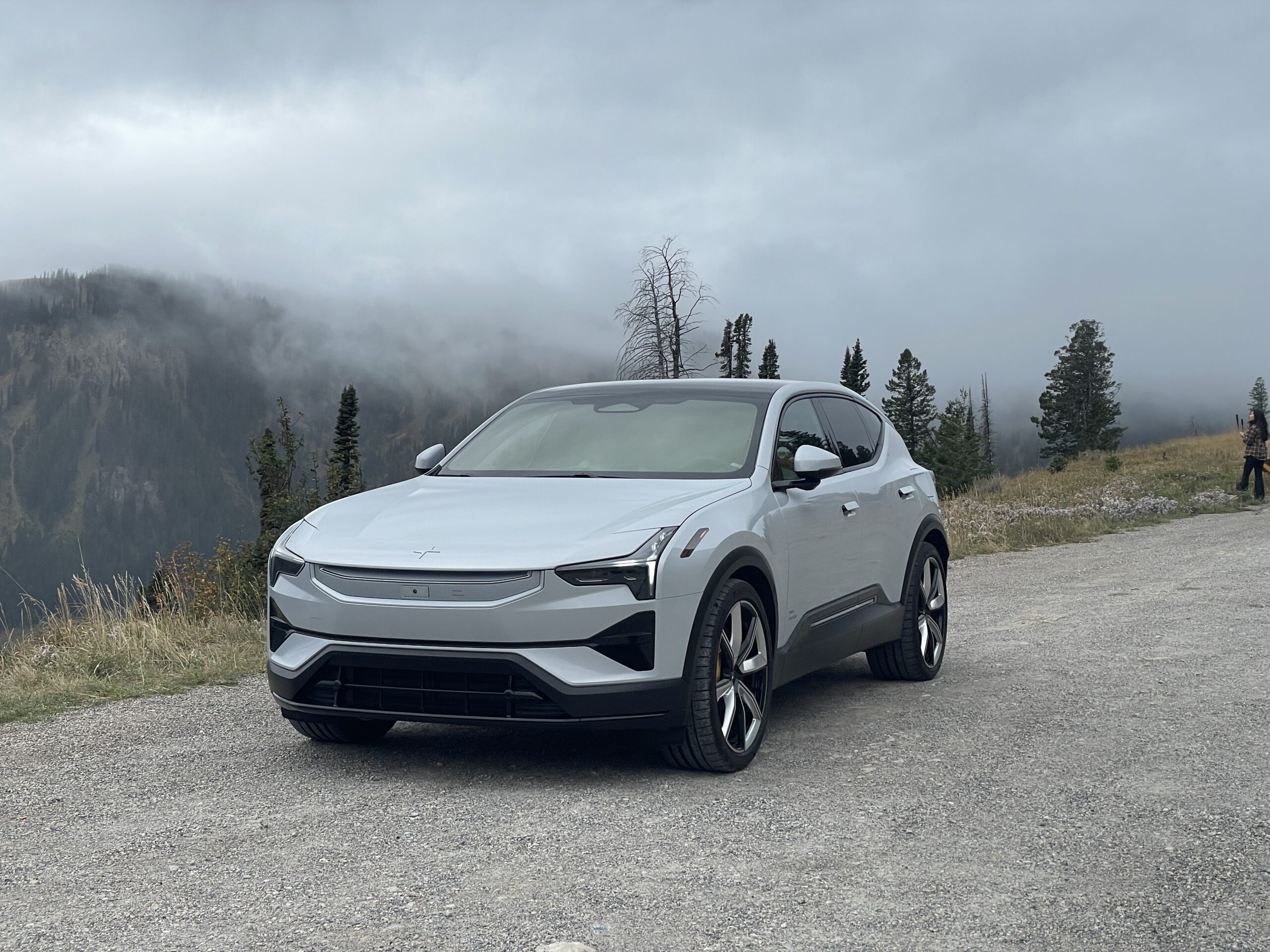Canada and Ontario have pledged a total of C$28.2 billion ($20.8 billion) to the two auto manufacturers to subsidize production at electric-vehicle battery plants through the end of 2032, with Prime Minister Justin Trudeau’s government footing two-thirds of the bill at C$18.8 billion and the province paying one-third, or C$9.4 billion.
Trudeau is matching incentives in the US Inflation Reduction Act to gain a Canadian foothold in the North American EV supply chain. When he announced the C$13.2-billion subsidy for the Volkswagen plant in St. Thomas, Ontario, he projected the economic impact would match his government’s investment in less than five years.
But the parliamentary budget officer, who independently monitors government spending, said in a report on Tuesday that federal and provincial government tax revenues generated from the Stellantis-LG Energy Solution Ltd. and Volkswagen plants won’t equal the subsidy total until 2043, assuming production starts in 2024, as planned.
“That is, the break-even timeline for the $28.2 billion in production subsidies announced for Stellantis-LGES and Volkswagen is estimated to be 20 years, significantly longer than the government’s estimate of a payback within five years for Volkswagen,” said Yves Giroux in a statement. The government’s forecast was “wildly optimistic,” he said in a briefing with reporters.

To be sure, Trudeau’s government is eyeing more than tax revenues with the subsidies. It has enthusiastically embraced the US-led push to topple China’s dominance in EV manufacturing and hopes to become a major critical minerals supplier and battery producer. The factories will create thousands of jobs and spur investment in Ontario.
The watchdog’s break-even estimate still means the sector will have paid for itself a full seven years before Canada’s 2050 pledge to reach net zero emissions.
Giroux’s office wrote in the report that the Trudeau government reached its estimate for a return on its investment in the Volkswagen plant by analyzing the difference between a scenario where Canada only had one major battery-cell facility — the Stellantis-LGES factory — and a scenario where it had two.
The government found that two facilities would spur additional investments and production along the supply chain, boosting government revenues by C$13.2 billion, matching the Volkswagen subsidy, in just over three years.
The budget office, on the other hand, focused only on government revenue generated by cell and module manufacturing, upon which the production subsidies are based. “Uncertainty” surrounds future locations and other investments related to other parts of the supply chain, the office said in the report.
It also said that its analysis doesn’t include public debt charges that would be incurred to finance the production subsidies.
Industry Minister Francois-Philippe Champagne said the report demonstrates that the deals are good for Canadians, even if the budget office’s analysis doesn’t capture many of the broader economic impacts. “These transformational investments will create thousands of jobs across the entire EV supply chain,” he said in a statement.
Ontario’s Economic Development Minister Vic Fedeli said the report analyzed only a fraction of the benefits of the projects, which will also lead to improvements to roads, highways and police and fire services.
The reason the plants are so expensive is that President Joe Biden’s sweeping industrial policy promises to subsidize the production of battery cells, not merely the capital costs of building and equipping a new plant. Stellantis briefly halted construction on its facility in Windsor, Ontario, earlier this year while it negotiated for more money from Canada.
Share This:
Next Article




